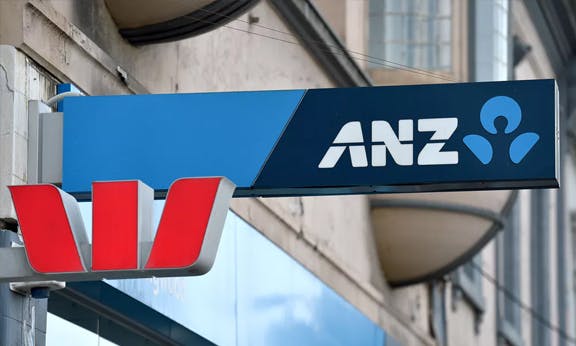Banks ripping off everyone

Australia’s big financial institutions are a money-gouging oligopoly enriching senior management, board directors and shareholders while bleeding customers dry.
A new report from the Productivity Commission, submitted to the government in June but only now released to the public, spells out the stranglehold that a few companies hold over the industry. The big four banks account for 75 percent of loans, personal deposits and credit cards. Four insurance companies control more than 80 percent of mortgage insurance and travel insurance.
This dominance is not the result of excellent performance. The industry is rife with shoddy practices. The commission found that the banks regard customers as mug punters on whom they can foist unnecessary high-fee products:
“Many of the highly profitable financial institutions have achieved that state with persistently opaque pricing; conflicted advice and remuneration arrangements; layers of public policy and regulatory requirements that support larger incumbents; and a lack of easily accessible information, inducing unaware customers to maintain loyalty to unsuitable products.”
The banks would have us believe that they compete ferociously with each other. But the 250 credit cards and 4,000 home loans available all resemble each other.
“What often is passed off as competition is more accurately described as persistent marketing and brand activity designed to promote a blizzard of barely differentiated products and ‘white labels’”, the report says.
Government handouts
It’s not only the chicanery of the banks that has brought us to this point. Successive federal governments have done their bit to help them.
For three decades, both Labor and Coalition governments have committed to the so-called four pillars – the market dominance of the big four banks. Legislation and regulations have propped up the four pillars and allowed them to absorb competitors.
Between 2005 and 2017, the number of organisations with a banking licence fell by 40 percent because of these takeovers. Interlocking shareholdings and interlocking directorships add to the concentration of ownership and market power.
The result is a vertically integrated, immensely profitable behemoth with profits totalling $30 billion in the last financial year.
During the global financial crisis, as banks crashed in Europe and the US, the Rudd Labor government guaranteed Australian bank deposits, allowing the banks to borrow on international markets at cut-price rates. The banks seized the opportunity and kick-started a property boom, driving house prices sky high and reaping the benefits of larger mortgages sold to homebuyers.
Further largesse comes in the Reserve Bank’s Committed Liquidity Facility, a $380 billion bailout fund, introduced in 2015, from which banks can borrow at a highly discounted rate if they run into difficulties. As with the deposit guarantee, this is a taxpayer-funded backstop that boosts bank profits while doing nothing to protect the interests of the public.
The banks own their profits, we own their risks.
The Australian Securities and Investments Commission turns a blind eye to corporate illegality in the industry. It is characterised by what former ASIC lawyer James Wheeldon calls “a deeply ingrained culture of subservience towards the major financial institutions”.
This is unlikely to change under new chairman James Shipton, former managing director of Goldman Sachs in Hong Kong, who is now spending $10,000 a month on spin doctors to help ASIC cover up its negligence.
Even if ASIC had the will to take on the banks, the government has consistently cut its funding. The government’s announcement on 7 August that it would kick in $70 million is only playing catch-up.
Coalition support
Faced with the Productivity Commission’s 686-page report, treasurer Scott Morrison has done his best to cover up the industry’s crimes. In a speech to a meeting of business people he said that, we, the victims of bank malpractice, are “complicit in allowing the deck to be stacked against us” because we have not been alert to the banks’ crooked behaviour.
He may as well blame victims of assault for failing to keep away from violent individuals.
Nothing new here from the Coalition government. It did its best to avoid a royal commission into the banks and announced one only after the banks themselves pushed the government into it, hoping to contain the political damage as the scandals piled up.
The Liberal Party in particular is deeply involved in the banks. Malcolm Turnbull was managing director of Goldman Sachs Australia. The financial services minister, Kelly O’Dwyer, responsible for overseeing ASIC and ensuring probity in the industry, is a former ANZ executive; her husband Jon Mant is executive director of UBS Australia, an investment bank.
O’Dwyer is MHR for Higgins, the blue-ribbon Melbourne seat held for 15 years by Roger Shipton, father of ASIC chairman James Shipton. Treasurer Scott Morrison was for six years national policy manager for the Property Council of Australia, which works hand in glove with the banks to boost their mutual interests.
The whole show is nothing but mates looking after mates at our expense.